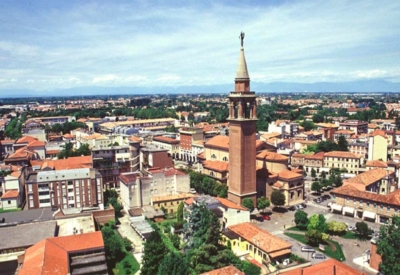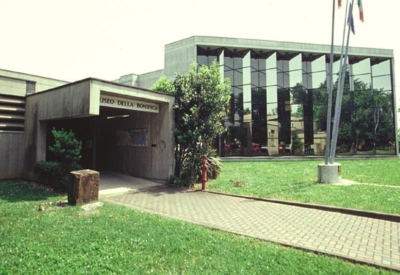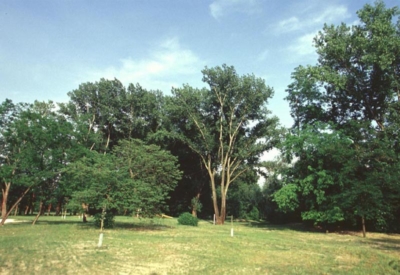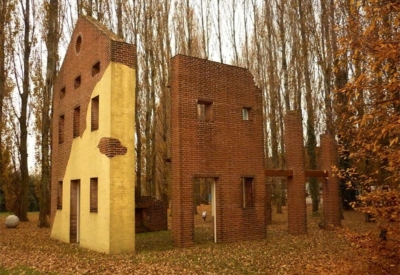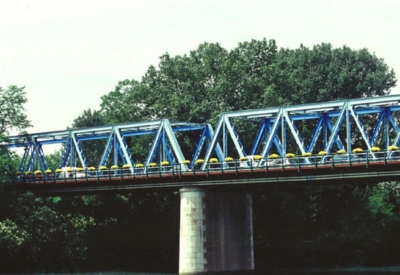SAN DONÁ DI PIAVE
This modern town with an ancient history located between the Piave and Livenza rivers, sprang up amidst the marshes surrounding the lower reaches of the Piave River, and has become a hub for the whole surrounding area. It was the scene of violent battles on the Piave River between Austrian and Italian armies during the First World War and was later entirely rebuilt. It has a flourishing agricultural economy, together with industry, crafts and business. It is home to the Chamber of Commerce with a wine and agricultural ‘Exchange’.
Important land reclamation work was carried out around the town, beginning during the age of the Venetian Republic, and continuing until the 20th century. The area, which is almost below sea level, is protected by no less than 27 extensive water drainage systems. Visitors can discover nature trails along the Golena del Piave (the Piave floodplain) and the many canals in the reclaimed area.
The important Museo della Bonifica, the Land Reclamation Museum, offers an insight into all the phases of these monumental works, supported by remarkable ethnographic, archaeological and environmental material.
Worth Visiting
Duomo di Santa Maria delle Grazie, the cathedral built in the second half of the 15th century and rebuilt between 1838 and 1841.
Palazzo del Municipio, the Town Hall built after WWI on the ruins of the previous building. It opened on 3rd June 1923.
The 19th century Villa De Faveri located in the city centre a short walk from the cathedral.
Teatro Metropolitano Astra, the theatre
Ponte della Vittoria. This bridge, rebuilt between 1921 and 1922, was opened on 12th November 1922 by the Duke of Aosta, Emanuele Filiberto of Savoy.
Piazza Indipendenza – work on the square began on 15th June 1862 and ended in the same year.
Don’t Miss
Parco della Scultura in Architettura, a city park that is known worldwide by scholars and lovers of art and architecture. It is a public green space that hosts installations and sculptures by internationally famous artists, architects and designers.
Parco Europa, a park with a small artificial stream.
Parco Federico Fellini, a huge park located to the east of the city centre.
Parco fluviale, the green area near the river with ancient tree species and hygrophilous shrubs, populated by numerous animals.
Parco Un, a green space with broad gravel avenues and an artificial elevation that forms a kind of amphitheatre.

